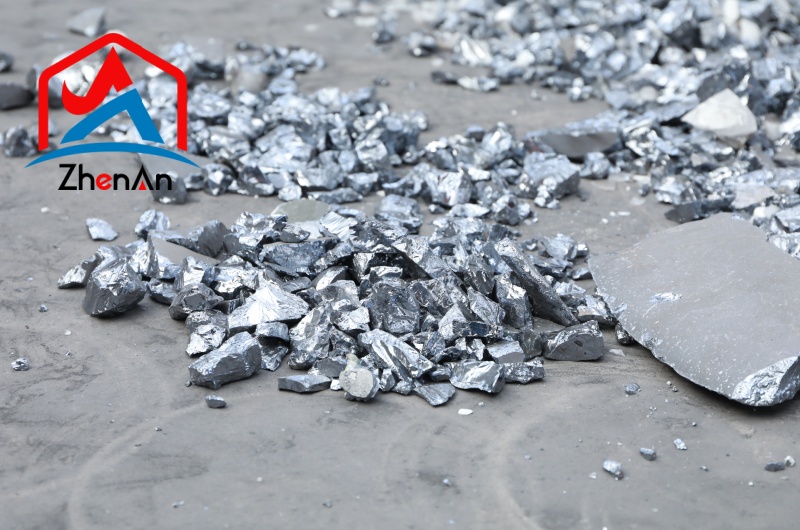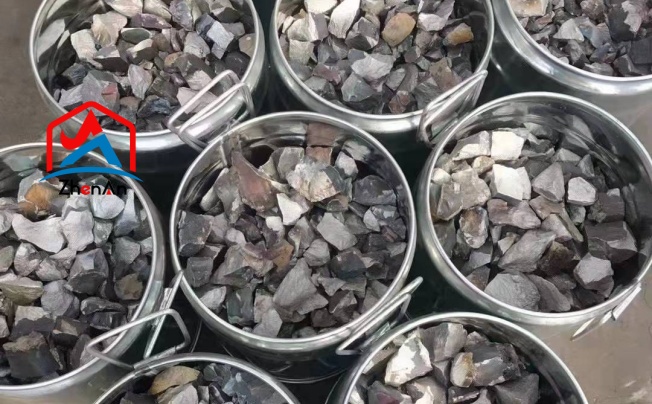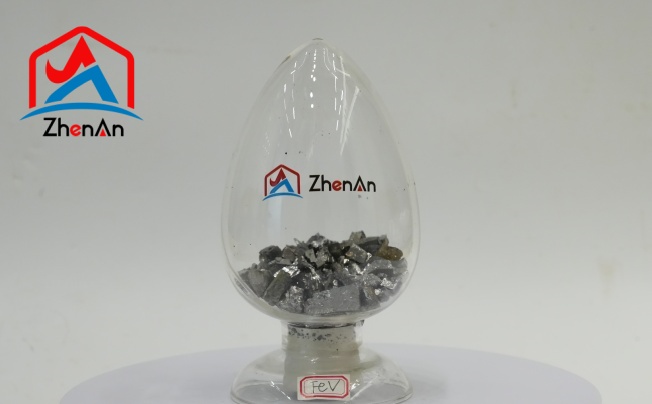BY  GENN
GENN
2024/12
Blog
Why Is Vanadium So Special?
Vanadium, a transition metal with the atomic number 23 and symbol V, holds a unique position in the periodic table due to its remarkable properties and versatile applications. Discovered by the Spanish mineralogist Andrés Manuel del Río in 1801, vanadium derives its name from “Vanadis,” another name for the Norse goddess Freyja.
Physical Properties of Vanadium
The High Melting Point and Boiling Point of Vanadium
Vanadium is known for its remarkable physical properties, with one of the most notable being its high melting point and boiling point. At temperatures of approximately 3,000 degrees Celsius, vanadium transitions from a solid to a liquid state, showcasing its exceptional thermal stability. This characteristic makes vanadium a valuable element in applications that involve extreme heat conditions, such as in the aerospace industry for manufacturing components that must withstand high temperatures during operation.
Ductility and Malleability: Versatility in Forming Shapes
Another intriguing aspect of vanadium’s physical properties is its ductility and malleability. These properties allow vanadium to be easily shaped into various forms without losing its structural integrity. Whether it is being rolled into thin sheets or drawn into fine wires, vanadium exhibits excellent formability that makes it a preferred choice in industries like metallurgy and engineering where shaping metals is essential for producing high-quality products.
Chemical Properties of Vanadium
The Ability to Form Multiple Oxidation States: Versatility in Chemical Reactions
Vanadium’s chemical properties are equally fascinating, particularly its ability to exist in multiple oxidation states. Ranging from -1 to +5 oxidation states, vanadium displays versatility in participating in various chemical reactions by readily accepting or donating electrons. This unique characteristic allows vanadium to act as a catalyst in numerous chemical processes and contributes to its importance across different industrial sectors.
Reactivity with Oxygen and Other Elements: Dynamic Interactions
Vanadium’s reactivity with oxygen and other elements adds another layer of complexity to its chemical behavior. When exposed to oxygen, vanadium can form oxides with distinct colors depending on the oxidation state present.
Additionally, vanadium exhibits interactions with a wide range of elements due to its ability to form stable compounds through bonding mechanisms that influence the material’s overall characteristics. Understanding these reactive properties is crucial for harnessing the full potential of vanadium across various applications.
Applications of Vanadium
Steel Production: Enhancing Strength and Durability
Vanadium’s role as an alloying agent in steel production is paramount in enhancing the mechanical properties of high-strength steel. When added to steel in small amounts, typically ranging from 0.1% to 0.5%, vanadium refines the grain structure of the metal, resulting in increased tensile strength and toughness.
This improvement allows for the creation of lighter yet stronger steel components, making it an essential element in industries such as aerospace, automotive, and construction. Vanadium’s presence also contributes to better weldability and impact resistance, further enhancing the overall quality and durability of the steel.
Energy Storage Revolution: Redox Flow Batteries
Vanadium’s versatility extends beyond traditional metallurgy into cutting-edge energy storage solutions like redox flow batteries. These batteries store energy in chemical form by utilizing vanadium ions that can exist in multiple oxidation states.
The unique feature of redox flow batteries lies in their ability to separate power and energy capacity, allowing for scalable energy storage systems suitable for grid applications. Vanadium’s inherent stability and long cycle life make it ideal for this purpose, offering a sustainable solution for storing renewable energy generated from sources like solar or wind power.
Vanadium‘s Healing Touch: Health and Medicine Applications
In the realm of health and medicine, vanadium showcases its therapeutic potential through its compounds that exhibit promising properties in treating diabetes. Studies have shown that vanadyl sulfate, a form of vanadium compound, mimics insulin by improving glucose uptake in cells and regulating blood sugar levels effectively.
Furthermore, research suggests that vanadium may enhance insulin sensitivity, making it a valuable asset in managing diabetes mellitus. Beyond its role in diabetes treatment, vanadium compounds also possess antibacterial properties that could pave the way for novel approaches to combating drug-resistant infections—an exciting frontier where this remarkable element continues to demonstrate its versatility.
Natural Occurrence of Vanadium
Vanadium is a relatively abundant element in the Earth’s crust, with an average concentration of about 150 parts per million. It is typically found in various minerals, including vanadinite, carnotite, and patronite.
The distribution of vanadium in the Earth’s crust varies geographically, with higher concentrations often found in regions known for metal ore deposits. Interestingly, vanadium is also present in fossil fuels such as crude oil and coal, raising concerns about its release into the environment through combustion processes.
Distribution in Earth’s Crust
The distribution of vanadium within the Earth’s crust is not uniform, with concentrations differing significantly from one region to another. High levels of vanadium are commonly associated with certain types of mineral deposits, such as titaniferous magnetite ore and shale formations.
In some areas, vanadium can be extracted as a byproduct of other mining activities like uranium or phosphate mining. Understanding the geological factors that influence the distribution of vanadium can be crucial for identifying new sources and developing sustainable extraction methods.
Bioaccumulation in Living Organisms
Vanadium has been shown to bioaccumulate in living organisms through various pathways. Aquatic organisms like fish and mollusks can accumulate high levels of vanadium from water sources contaminated by industrial discharge or natural weathering processes.
In terrestrial ecosystems, plants can absorb vanadium from soil or water sources, leading to its transfer up the food chain as herbivores consume these plants. The potential health impacts of bioaccumulated vanadium on wildlife and human populations highlight the importance of monitoring its presence in ecosystems and regulating industrial activities that contribute to its dispersion.
Environmental Impact
The presence of elevated levels of vanadium in the environment can have diverse effects on ecosystems and human health. In aquatic environments, excess vanadium contamination may disrupt aquatic life by affecting growth rates, reproduction patterns, and overall ecosystem balance. Soil contamination with vanadium can impact plant growth and alter microbial communities crucial for nutrient cycling processes.
Furthermore, airborne particles containing vanadium from industrial emissions can contribute to air pollution issues and respiratory health concerns for nearby populations. Addressing these environmental impacts requires a comprehensive approach that considers both regulatory measures and technological solutions to mitigate vanadium pollution effectively.












